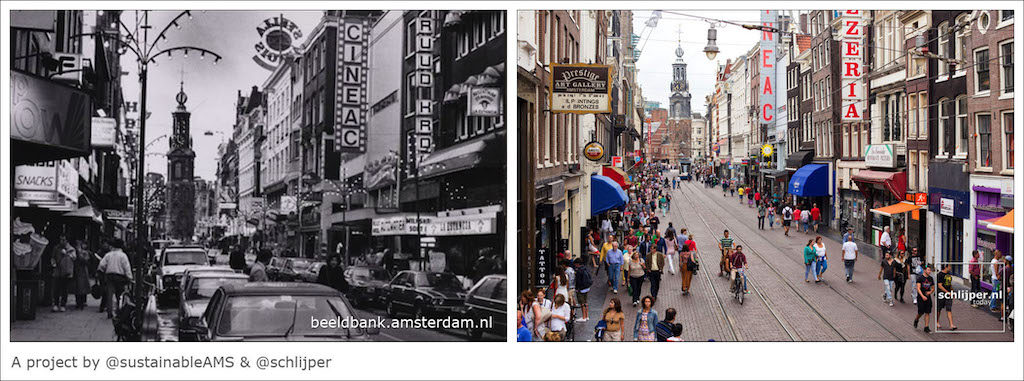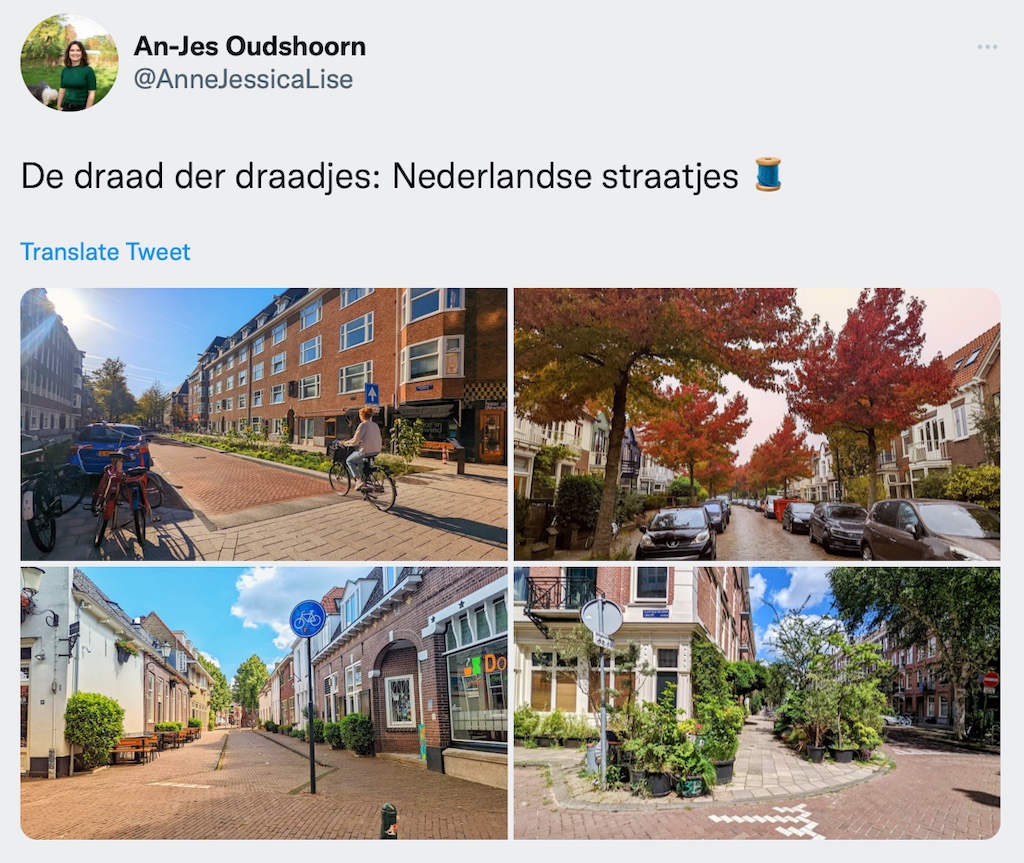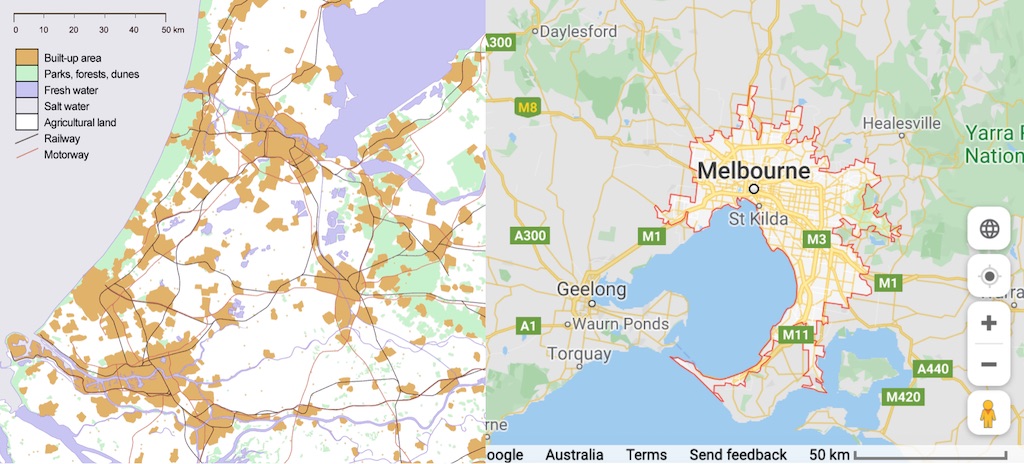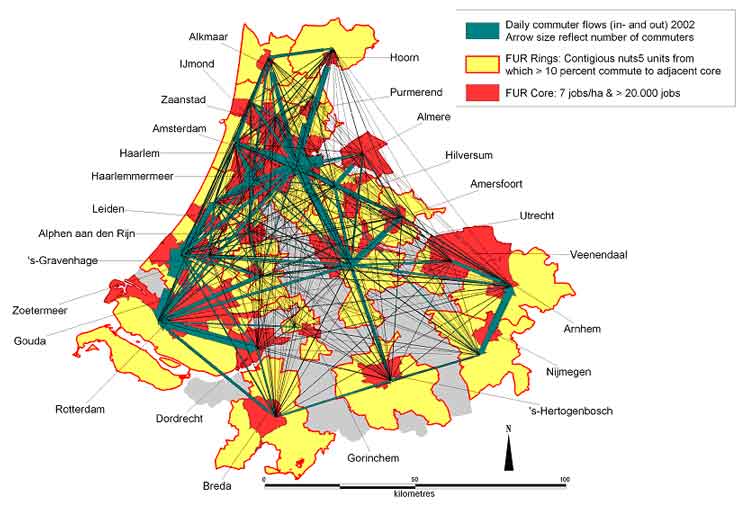Yarra can learn from Amsterdam
We the people have the choice to change our cities. Many cities in Europe offer safe and attractive streets, with jobs, shops and schools all accessible by walking, cycling and public transport. Melbourne can do this too. The only barrier is failing to understand how easy it is to achieve.
Amsterdam wasn’t always Amsterdam
Amsterdam wasn’t always the way it is now. After the 2nd world war, Amsterdam was dominated by cars, and the authorities were telling people to get off the road.
In the 1970’s people in Amsterdam began to demand better conditions, leading to the first Low Traffic Neighbourhoods and 30 km/h zones:
Before/after photos of how Amsterdam has changed
Residents and ratepayers in Amsterdam decided that they wanted a city that worked better for people walking, cycling and using public transport, so demanded change. Before / after photos showing how Amsterdam has changed are available at Sustainable Amsterdam and Streetsblog.

Streets in the Netherlands
This twitter thread has a lovely collection of photos of streets in the Netherlands:

Melbourne can do this too
Amsterdam is part of the Randstad megalopolis of 8.2 million people, covering a larger area than greater Melbourne, and including Amsterdam, Rotterdam, Utrecht and The Hague. The Randstad area is covered with walking, cycling and public transport networks, showing that large dispersed cities like Melbourne can do this too. Learn more at Regio Randstad, or at a UK example, Greater Manchester.


How you can help
You can help by appearing on the Streets Alive Yarra website as a champion for your local street, neighbourhood, or school.
